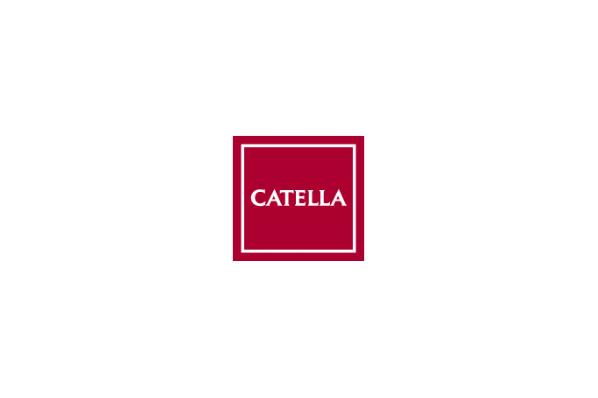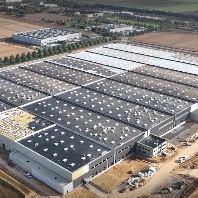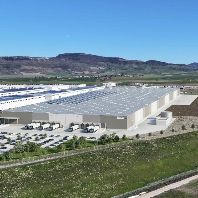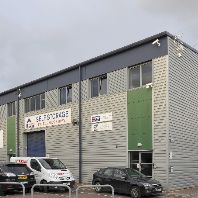Sustainability has become much more prominent in Europe’s real estate sector over the past decade, and green issues are an integral part of the business today. It should therefore come as no surprise that green funds are growing in importance in the property investment market.
In its Market Tracker for September, entitled Sustainable Real Estate Funds, Catella addresses the question of why these particular investments have grown slowly in recent years.
“The sustainable investments segment is booming worldwide, and European volume in 2014 was €5.2 tln. In the same period, sustainably designed and managed real estate funds achieved just €495 mln,” says Dr. Thomas Beyerle, Head of Group Research at Catella. Why is this, when investors are increasingly seeking out responsible investments and when corporate governance rules and reporting requirements have tightened significantly?
“This is partly due to the almost granular number of new builds in Europe in recent years. The mass of buildings is simply missing. On the other hand for refurbishments of the existing stock more questions occur than answers can be given. Another problem is a lack of uniform standards in building assessment and certification; there is neither a universal seal of approval for sustainable real estate funds nor a benchmark for peer-group comparisons, which are absolute prerequisites to kindle the competition,” says Dr. Beyerle.
In spite of these shortcomings on the structural side, Catella expects positive developments in the next three quarters. Pressure is increasing significantly from institutional investors for sustainably designed and managed real estate funds, and the process of transformation from conventional buildings towards a reorganised energy-efficient portfolio is a billion-dollar business in Europe alone. Furthermore, sustainable review criteria have been introduced into due diligence processes and transaction standards. A detailed comparison of the pros and cons can be found in the attached report.
“We anticipate a volume in Europe of some €850 mln by mid-2016 finding its way into newly-designed sustainable real estate funds. A key factor is that many existing properties have potential for optimisation, and a large part of the portfolio properties are in exposed locations. It will be crucial for funds relying on sustainability to structure their investments well, especially because not all sustainable investments can provide returns in the short term. In addition, there is the risk of over-investment in sustainability from regulatory policy incentives, such as for solar, the latest to join the segment,” says Dr. Beyerle.
Source: Catella















